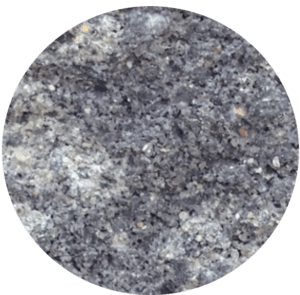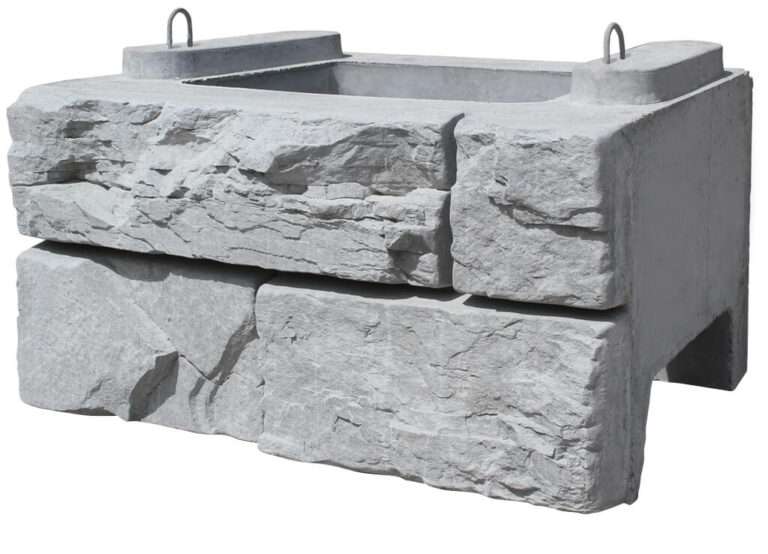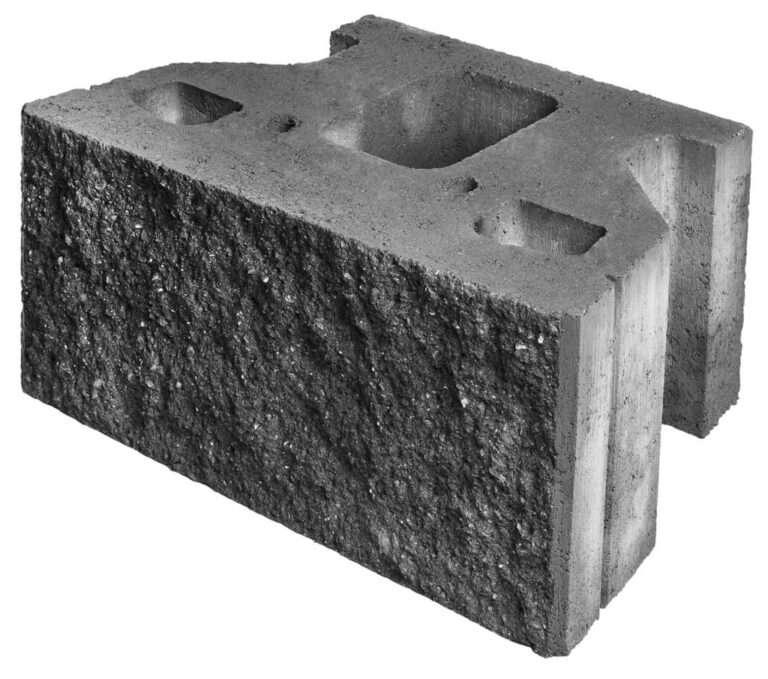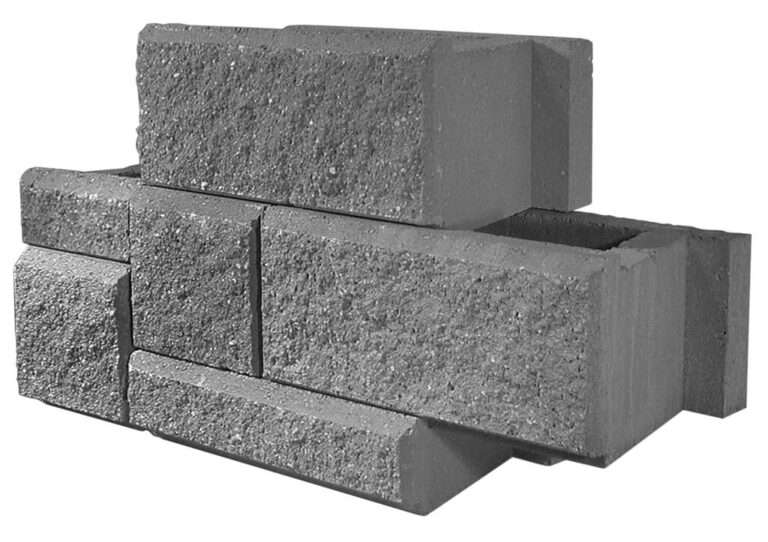Allan Block® Segmental Retaining Wall
Allan Block is renowned for being a hub of creativity and innovation in outdoor landscaping solutions. Its installation process is straightforward, and it boasts durability, cost-effectiveness, and notably, a visually pleasing stacked appearance that imparts a smooth and cohesive finish to every wall it constructs.
One of the standout features of the AB Collection is its versatility in design. The blocks from this collection can be used individually, or they can be combined to craft the AB Ashlar Blend. This particular arrangement allows for patterned walls that introduce a captivating new aspect to landscape design.
Allan Block Segmental Retaining Wall, has undergone comprehensive engineering to ensure exceptional performance. It has been the first segmental retaining wall system to undergo full-scale seismic testing, thus confirming its ability to withstand seismic events and deliver high performance in challenging conditions. This underscores the commitment to both functionality and safety that the AB Collection offers.
In essence, the AB Collection, spearheaded by the Allan Block, has emerged as a top choice for those seeking effective, visually appealing, and durable solutions for their retaining wall needs. Its consistent evolution, adaptability in design, and emphasis on engineering excellence make it a reliable option for a range of outdoor landscaping projects.
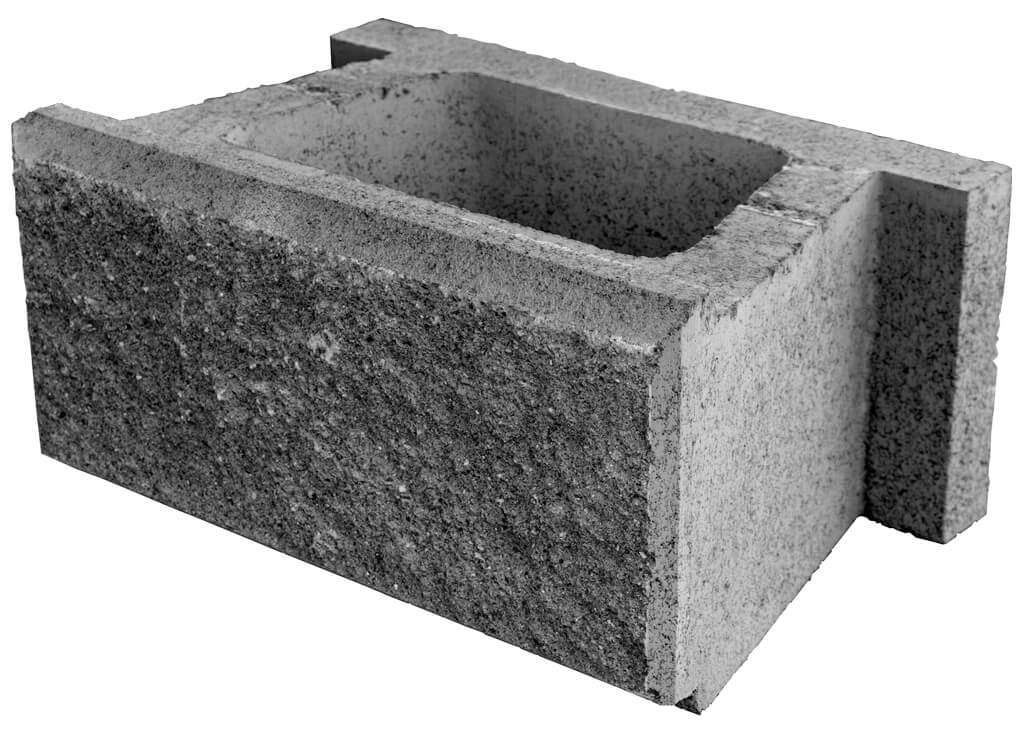
This product is not subject to a warning or ban under the Building Act 2004, or a description of any warning or ban that has been made in relation to the product.
Download a Brochure
Get inspired or learn more about what our products can do for you with our comprehensive list of brochures.
Technical Specifications
Download installation guides, spec books and product manuals.
CAD Details & Drawings
Download CAD details & technical design drawings for this product.
Specifications
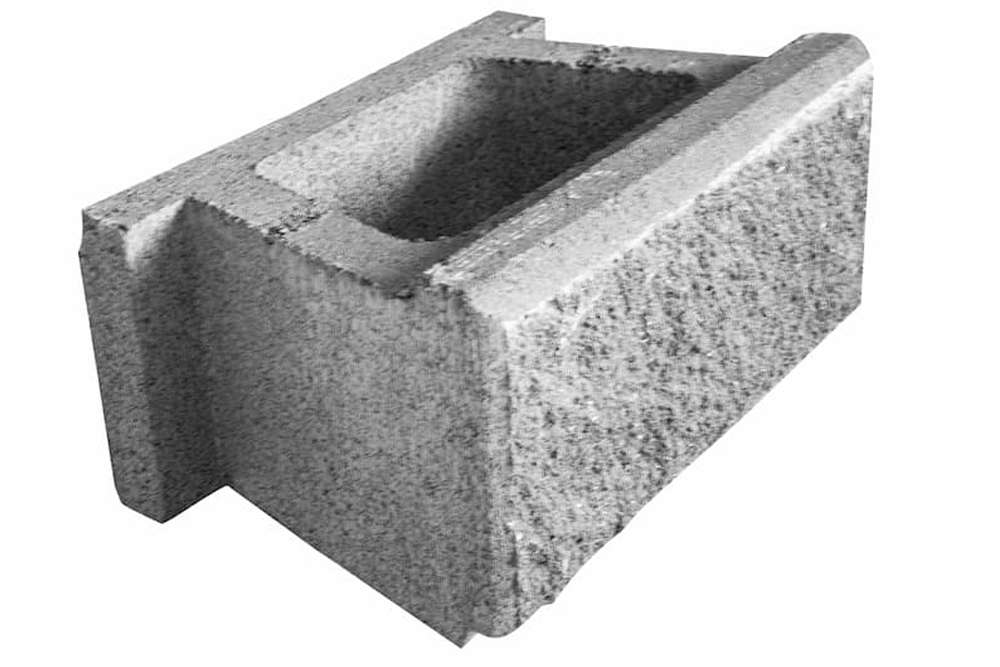
AB Classic
Dimensions
435mm L x 300mm W x 200mm HCoverage
11.5 blocks/m2Quantity
40 blocks/palletSetback
6 degree setback from verticalWeight
32.5 kg/block
AB Lite Stone
Dimensions
435mm L x 300mm W x 100mm HCoverage
23 blocks/m2Quantity
80 blocks/palletSetback
6 degree setback from verticalWeight
16 kg/block
AB Junior
Dimensions
216mm L x 240mm W x 200mm HCoverage
23.15 blocks/m2Quantity
100 blocks/palletSetback
6 degree setback from verticalWeight
15 kg/block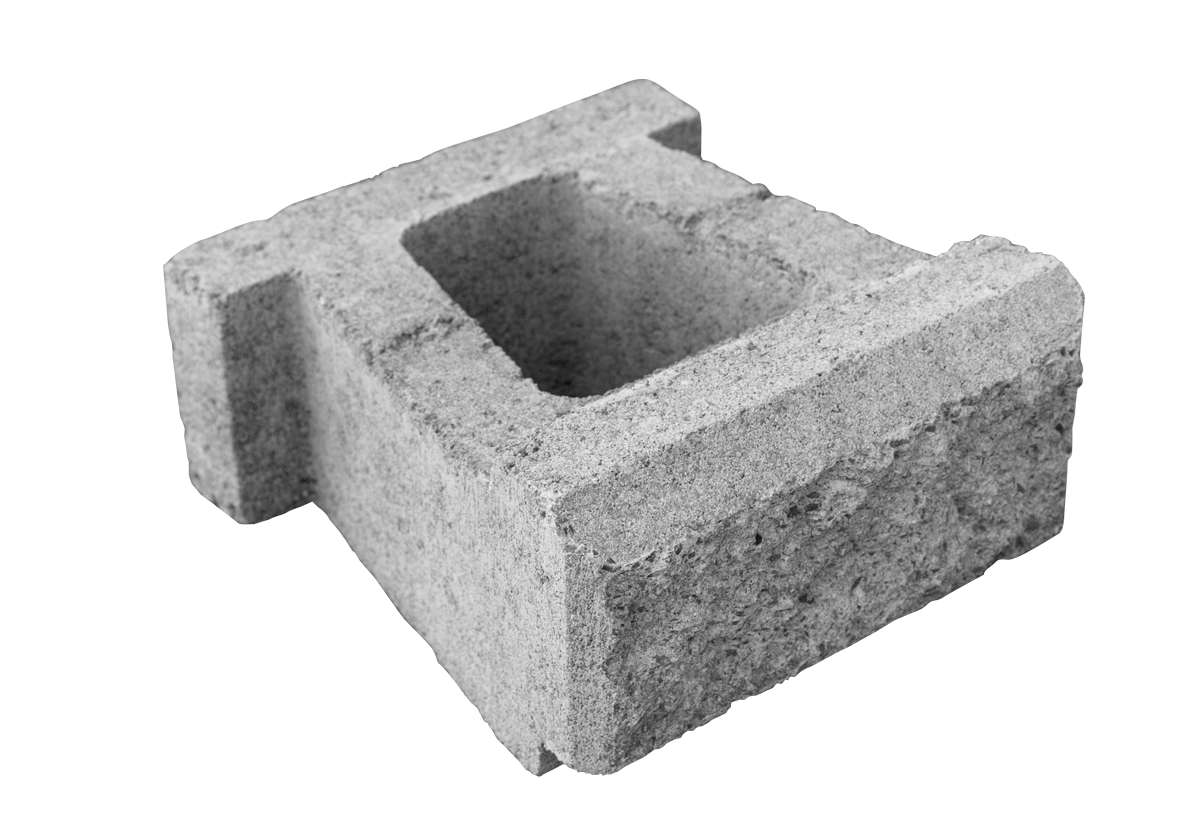
AB Junior Lite
Dimensions
216mm L x 240mm W x 100mm HCoverage
46.3 blocks/m2Quantity
200 blocks/palletSetback
6 degree setback from verticalWeight
8 kg/block
AB Cap Stone
Dimensions
433mm L x 260mm W x 100mm HCoverage
2.3 blocks/lmQuantity
72 blocks/palletSetback
Weight
22.5 kg/block
AB End/Corner Block
Dimensions
400mm L x 200mm W x 200mm HCoverage
12.5 blocks/m2Quantity
60 blocks/palletSetback
6 degree setback from verticalWeight
28 kg/block
AB Vertical
Dimensions
435mm L x 300mm W x 200mm HCoverage
11.5 blocks/m2Quantity
40 blocks/palletSetback
3 degree setback from verticalWeight
32.5 kg/blockBenefits of this system
- Installation is fast and easy, saving time and money
- Allows for design creativity for curved and straight walls
- Allows for patterned walls incorporating AB® Ashlar Blend
- Fully engineered with comprehensive data
- Exceptional seismic performance
Services provided for this system
- Preliminary Retaining Wall designs
- Project specific CAD drawings & notes
- Project specific SketchUp 3D designs
- Technical advice & recommendations
- Engineering Best practice presentations & more
Drury Quarry Case Study
The Drury Quarry is one of the largest quarries and biggest producers of aggregate in New Zealand. The purpose of the project was the future development of its industrial land and improvements of its quarrying and mining operations.
Check out this impressive project over 600 linear metres!
Frequently Asked Questions
What is the difference between the AB Classic and AB Vertical?
The only difference between the AB Classic and AB Vertical is the setback they create. The AB Classic creates a 6° setback while the AB Vertical generates a 3° setback.
How many Allan Block units should be buried as embedment?
Allan Block walls are normally designed to sit on a compacted granular base to allow for movements and settlement without compromising the wall. This saves time and money while providing a stable support for the blocks. However, an unreinforced concrete footing can be built instead.
How high can I build an Allan Block segmental retaining wall?
Normally, unreinforced Allan Block gravity walls can be built up to 1.0 metres in clay soils provided that they are not surcharged. Geogrid reinforced Allan Block works well for retaining walls over 10 metres high. Always consult a chartered professional engineer on jobs of this scale.
What are the recommendations for the base levelling pad?
We recommend you have a minimum base levelling pad size of 600 mm width and 150 mm depth. We believe that either GAP 20 or GAP 40 are probably the best options.
I have problems levelling the first Allan Block course on top of the base levelling pad after compacting it. What can I do?
Levelling the first Allan Block course on top of the base levelling pad after compaction can be simplified by adding 15 mm of sand on top of the base levelling pad, this will help to level and place the first course of Allan Block blocks.
How many Allan Block units should be buried as embedment?
The SRW Best Practices recommend a minimum embedment of 150 mm. However, it is easier when constructing to use a minimum of 200 mm, which is the height of the Allan Block units. This minimum embedment applies to retaining walls with a total wall height of 1.8 m without a slope in front of the wall.
Do I need pins on the Allan Block System?
The Allan Block units are dry stacked, locking together without pins. The unique front lip creates a built-in setback; allowing the blocks to automatically interlock as they are stacked. This lip-notch configuration provides extra shear capacity, control the horizontal setback, and reduces overall costs.
What type of soils should be used inside the Allan Block blocks and in the drainage column?
We suggest you place inside the Allan Block open cavities, in the gaps between units, behind the units, and in the drainage column, a non-cohesive well-graded clean gravel such as drainage metal 25/7, 20/6. We suggest a minimum drainage column of 300 mm behind the Allan Block units. However, taller walls or water applications might require a wider drainage column.
What kind of soils should be used in the infill zone/backfill area?
It is always preferable to use a well-graded non-cohesive granular material. Examples of ideal aggregates are GAP 20, GAP 40, and GAP 65, because they provide the necessary shear strength and interlocking. Those materials also contain fine particles that help compact the soil.
Other granular material such as sand may also be appropriate. Cohesive soils such as clays would require extra care and compaction. They tend to change with moisture and retain water, so they should be avoided when possible.


